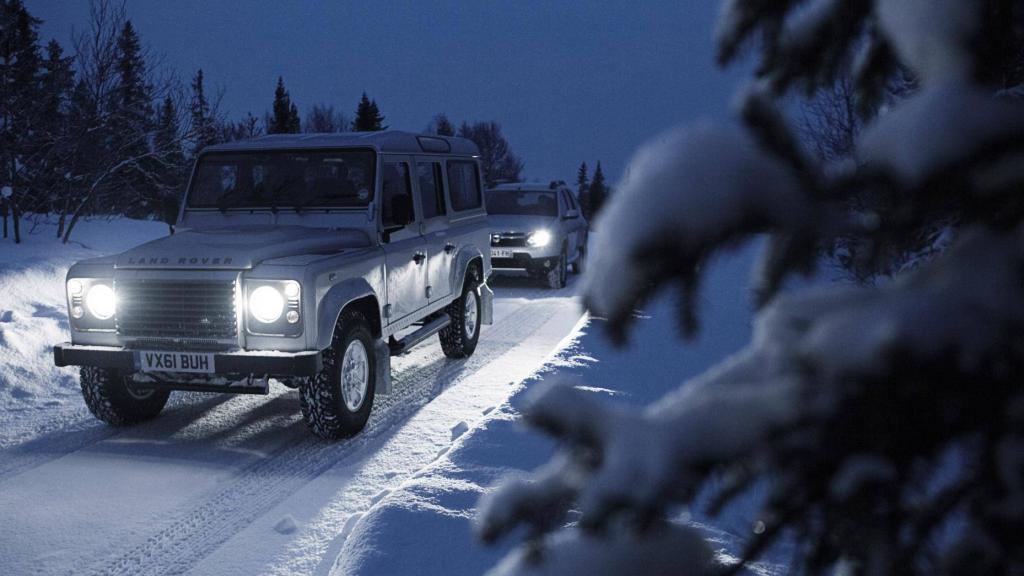What components should I examine during cold weather?
Antifreeze
First and foremost, it’s essential to check that your vehicle has enough levels of antifreeze coolant. Antifreeze is a chemical additive which increases the boiling point of water-based liquids while reducing the freezing mark. It helps to control and regulate the temperature of vital vehicle components.
If you’re unsure of what Antifreeze you should be using, check with your vehicle manufacturer. Antifreeze should be replaced every two years, so ask your local mechanic to check fluid levels during your next service!
There is a large variety of antifreeze products, coming in a variety of sizes. It’s a cheap product to replace and is essential all year round, not just in the winter.
Failing to refill or replace Antifreeze can cause several problems. If fluid levels are too low, you may experience the following issues;
Cold Weather: On cold mornings, you may encounter difficulty starting your vehicle. Possibly a result of a frozen radiator or pipes, which could crack or break. Antifreeze protects your engine down to temperatures of -34° and is a cheaper alternative to replaying a broken engine.
Hot Weather: Antifreeze will regulate the temperature of your engine fluids, raising the boiling point to between 240° and 270°. Preventing them from overheating or blowing out vital engine components.
If you experience any of the above problems while driving; pull over safely, call for assistance and remain in your vehicle until the recovery service arrives.
Before starting your winter journey, ensure that you’re equipped with the following necessities;
· Warm Clothing
· Hazard sign
· Flashlight
· Spare tyre
What’s the correct Antifreeze for my car?
If you’re unsure of what Antifreeze you should be using, check with your vehicle manufacturer. Antifreeze should be replaced every two years, so ask your local mechanic to check fluid levels during your next service!
Battery –
A typical car battery life expectancy is around five years. If your vehicle has enough Antifreeze, although, you’re having trouble starting your vehicle, then the battery may be drained or need replacing.
Try to recharge your battery or contact your local mechanic to ask for a replacement.
Electric and hybrid vehicles do have a longer life expectancy, although, it’s encouraged to seek professional help if you experience difficulties.
Tyres –
Check your tread depth to ensure they exceed the legal requirement. Your tyre tread depth should be 1.6mm or above.
During winter months, it’s highly advisable to use winter tyres on your vehicle. Winter tyres are constructed using a softer rubber and provide more grip, significantly reducing braking distances during icy conditions. Further, improving traction while driving through snow or ice.
What should my tyre pressure be?
You will find your vehicles recommended tyre pressure within the vehicle handbook. Alternatively, you can contact your local mechanic for guidance.
Reducing your tyres pressure will not improve grip. Instead, it will significantly reduce the handling of your vehicle and make it more dangerous for other road users.
Snow Chains - What Are Snow Chains?
Snow chains are attached to your vehicle’s tyres, to obtain more grip during snow or icy conditions.
How Many Snow Chains Are Required?
The chains are attached to whichever wheels churn out power, providing traction assistance to those wheels and preventing the loss of grip.
For example; a front-wheel-drive vehicle will use snow chains on the front, while a rear-wheel-drive car will use them at the rear.

Are Snow Chains Legal in the UK?
Using snow chains in the UK is perfectly legal; providing they aren’t used in a way that will damage road surfaces or endanger other road users.
Snow chains are an excellent way of gaining extra grip and traction control, although, should only be used when the roads are layered with a sufficient quantity of snow.
Using snow chains in dry conditions will damage the chains, suspension and alloys. Hindering steering clearance and damaging the road surface, which could also result in criminal prosecution.
Driving in the snow without chains is legally acceptable, although, snow chains are highly advisable during wither conditions, Particularly for less experienced drivers.
Are You Insured to Drive in The Snow?
Most insurance providers will cover you driving during snowy conditions, although, this will vary depending on your provider.
Check with your provider to guarantee that they cover you when driving during red weather warnings.

Is all-wheel drive better in the snow?
Firstly, it’s essential to understand that there’s a distinctive difference between all-wheel drive (AWD) and 4X4 vehicles.
4X4’s are explicitly designed for heavy-duty off-roading. They have much larger wheels to cope with difficult terrain. 4×4’s typically operate a driver-selectable system, allowing drivers to alternate between all-wheel-drive or two-wheel-drive.
As a vehicle turns corners, the inside wheels have less of a distance to travel than your outer wheels. A differential is used to control the wheel spin speed during cornering, ensuring the outer wheels travel further and faster than the inner wheels.
A ‘locked 4WD’ means there’s a direct mechanical connection between the front and rear axles, with nothing to allow for different rotational speeds. If the road surface isn’t slippery, the vehicle driveline could twist; possibly snapping or seizing up.
If this happens, you will be unable to drive or move your vehicle, as the driveline has become ‘Locked up’.
Like 4X4, AWD provides more traction and power by sending power to all the vehicle’s wheels, resulting in better grip and traction, reducing any wheel spin.
Unlike 4X4’s, AWD vehicles typically don’t have the option to switch between all-wheel-drive and two-wheel-drive.
While the mechanical engineering of AWD or 4X4 technology is more complex, there are many benefits to using four-wheel drive technology during winter conditions.
Each will provide more grip and traction, avoiding any unnecessary wheel spin.
Considering leasing a 4X4 or SUV this winter? Browse our range of Top SUV’s today;







